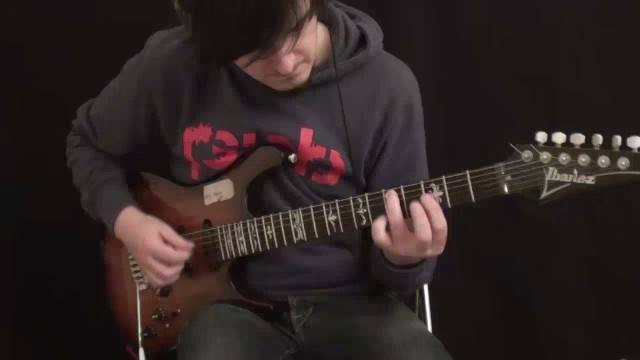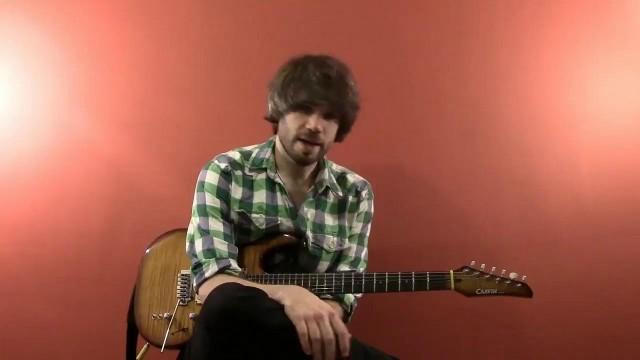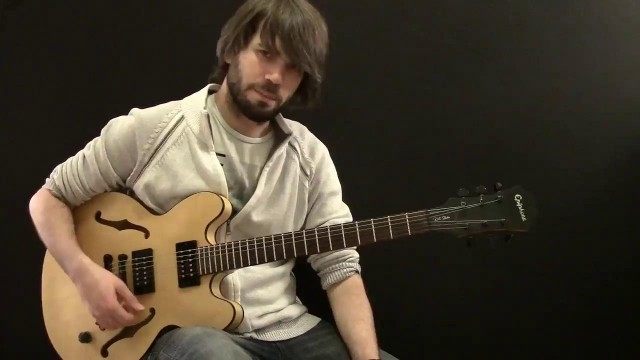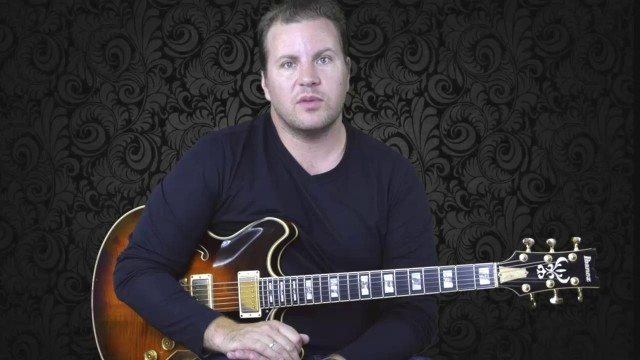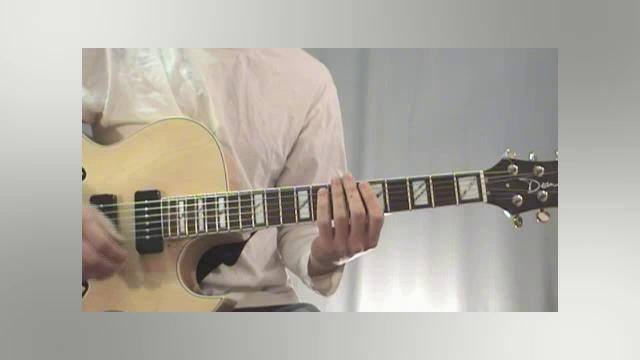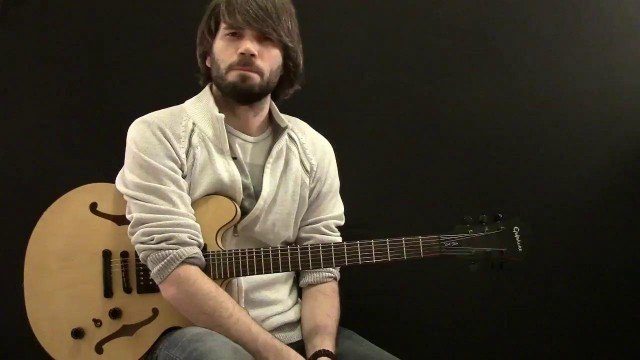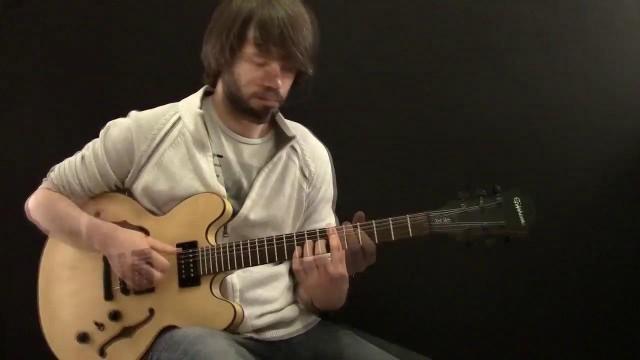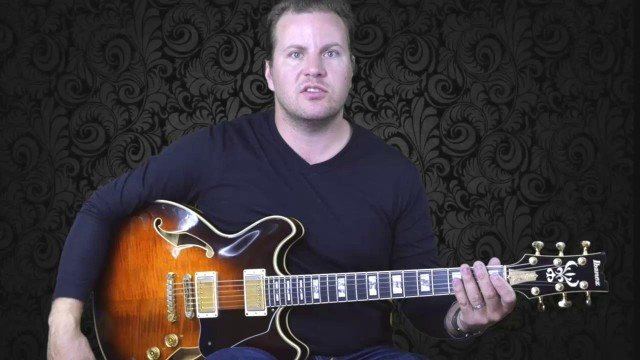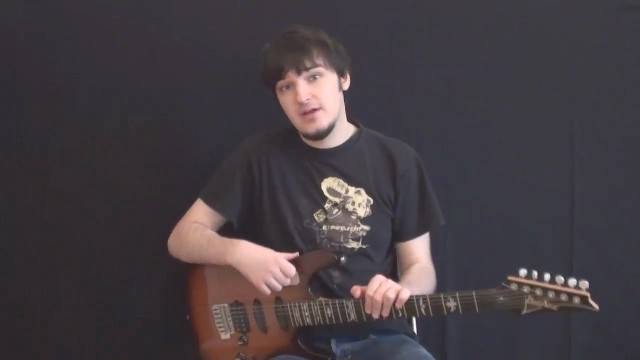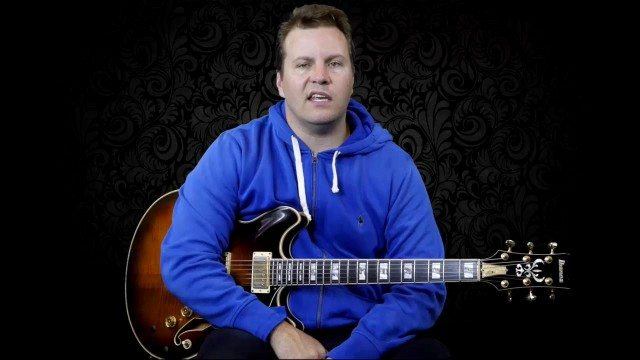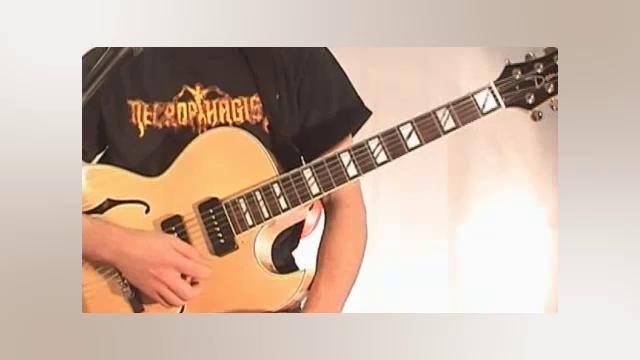Before we get into Tri-tone substitutions, I owe some people the answer to the homework task from last lesson.
Am7 contains the notes - A C E G also expressed as R b3 5 b7.
If the b3 (minor 3rd) of this chord is C, and we know that the only difference between a minor7 and a Dominant7 is the 3rd. Then we need to raise C, the b3, to a C#, making it a 3(Major 3rd). Viola! Am7 is now A7. Have a go at applying this to other minor chords you know. I have provided a tab example at the bottom of the page.
====================== The Tri-Tone
I mentioned in the video that in order to find the Tri-tone substitution of a V7 Chord. We lower the 5th of the chord by one semi-tone and make that the root of a new V7 chord.
So in the case of G7, with the 5th being D, we lower D to Db and then play a Db7.
Why can we do this though?
Rather than creating a long winded explanation. The simple answer is that the 3rd and 7th of Db7 are exactly the same as the 3rd and 7th of G7.
G7 = G B D F
Db7= Db F Ab B (the 7th of Db7 is technically Cb, but it's easier to just call it B)
The only difference is that the 3rd of G7 becomes the 7th of Db7, and the 7th of G7 becomes the 3rd of Db7. It's far less complicated than it sounds when you actually play it and see for yourself.
The movements of the 3rd and 7th of any given chord are really what define chord sequences, as they are indeed the strongest tones of the chord. If the movements of these notes are smooth and controlled, the overall progression should sound smooth and controlled.
So having said that, as long as those two notes have a clearly defined path, the other notes don't matter as much. That's why Db7, which clearly does not belong to the key of C, can resolve to Cmaj7 and still sound nice.
Db7 is still retaining the same function that the G7 had. Our 3rd and 7th tones are still in play and still heading in the same direction as they were with G7. There is much more that I could say about this, but let's not get too hung up in the theory of it all. Let's just continue on and apply more tri-tone subs and listen to how they can change the feel of this progression while still retaining the same harmonic function.







